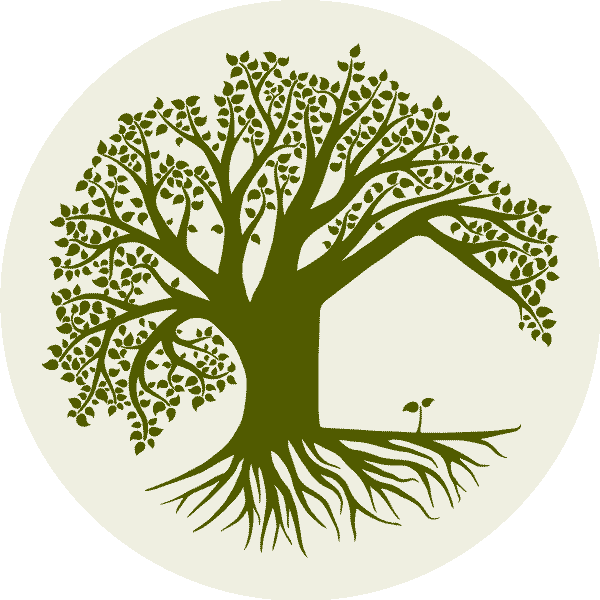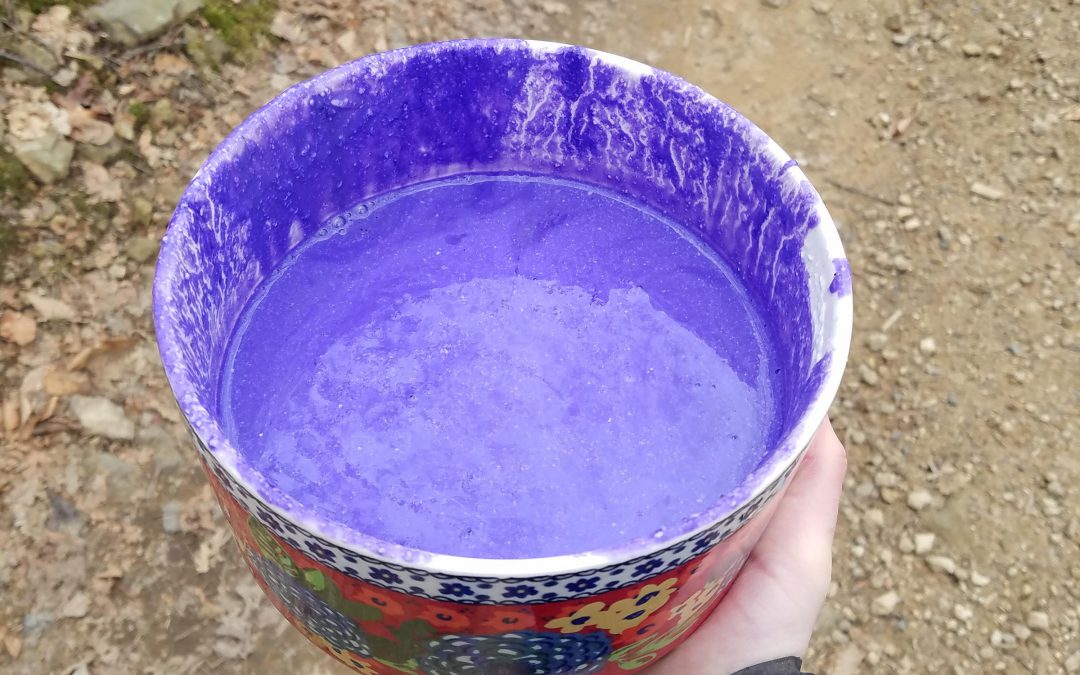
by William | Jan 20, 2021 | Small Footprint
Dear Readers,
Marking one’s property is an instinctual inclination. Cats spray. Dogs pee. Some other animals poop. William and I wanted to mark our property as well. As peeing on our trees is not an accepted legal form of marking one’s property in Pennsylvania, we decided to go with another route.
For those who own tantalizing lands for hunting, but are not entirely comfortable with letting people cross their boundaries, posted signs are the traditional way to go. In some states, however…Pennsylvania included…purple paint markings on a property’s perimeter are acknowledged as ‘no hunting, fishing, trapping, or overall trespassing’ signs. The paint markings must be 3 to 5 feet above the ground, at least 1’’ wide by 8’’ long in size, and spaced no more than 100 feet apart.
William and I decided to go with the purple paint when marking our property. See? No human excrement involved.
Being the nutsy environmentalists that we are, we didn’t want to use typical paint. Many paints have VOCs and are not good for the tree itself (paint basically clogs the tree’s pores with all of its chemically and plasticky compounds). Grant it, we would only be painting a 1’’ x 8’’ mark on the tree…which really is very small in the overall surface area of a mature tree…and probably would not harm the tree in any real significant way…but we are who we are and did what we did. We found an organic way to make purple paint for our trees~ and looked bonkers doing it. We still are not totally sure if it worked. But it was fun!
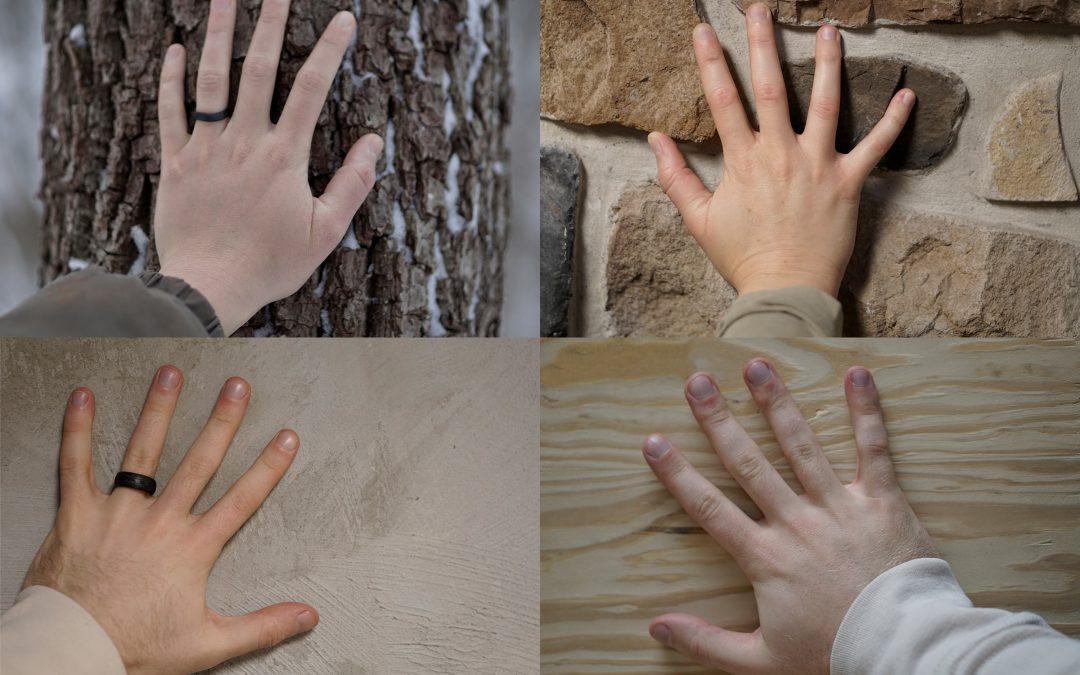
by William | Dec 30, 2020 | Net Zero, Small Footprint
Dear Readers,
I’ll start this blog with a warning – it’s long. We of course like to make our blogs easily readable, but these ones are important because Shelby and I are also trying to understand what it takes to make a Living Building. So, you’re basically reading our research. Ok, warning out of the way, let’s do this.
Four of the seven Petals of the Living Building Challenge have been covered, Place, Water, Energy, and Health and Happiness. That leaves three to go. If you’ve read the past four blogs on their respective Petals, then you’ll know that meeting this certification will be filled with crazy challenges. We appreciate you all sticking with us as we talk through these Petals to better understand them! Believe me, we know they’re complicated. Imagine trying to figure out how to design a small house to these standards, let alone something much bigger.
To jog your memory quick, here’s that chart of all the Petals and their Imperatives:
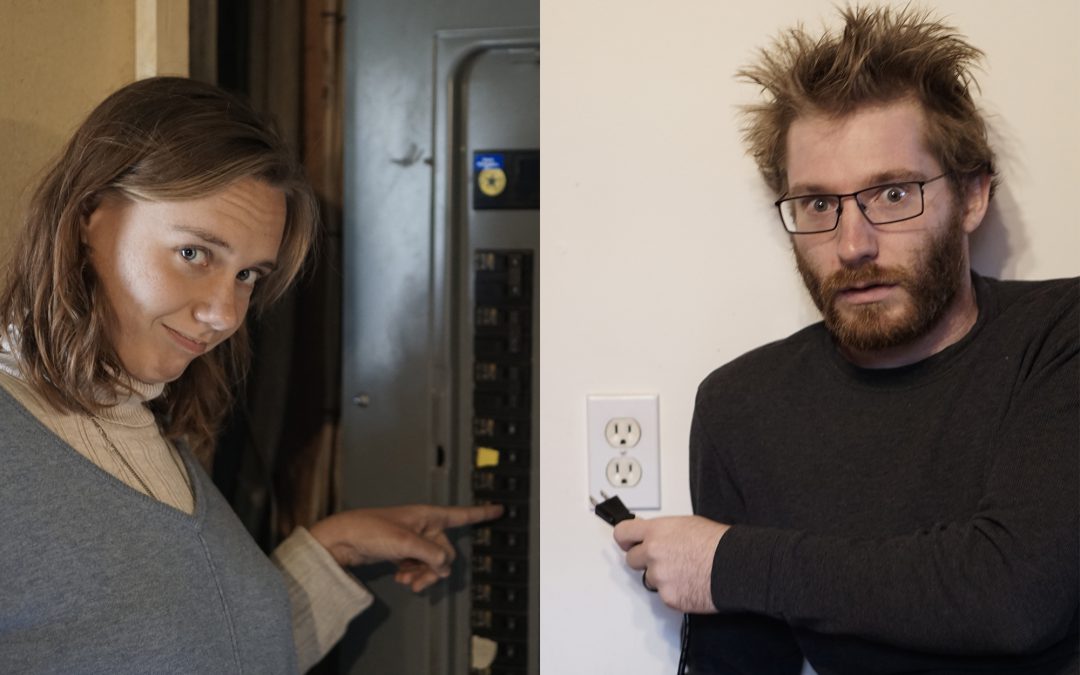
by William | Dec 16, 2020 | Net Zero, Small Footprint
Dear Readers,
First came place, then came water. Now, comes energy…dun, dun, dun! The Energy Petal is the third of the seven petals for the Living Building Challenge.
Ha! I was going to say that we have high hopes for this one…but we have high hopes for the Water Petal and the Petal of Place, too. There are just way too many high hopes floating around this joint! But. If you are willing to stick with us (whether you are amused or annoyed by our ideas…), then William and I would be most honored to share our highness of hope with you!
To refresh your memory, here is a chart with all seven petals and their imperatives. In this blog, we are going to be focusing on Energy!
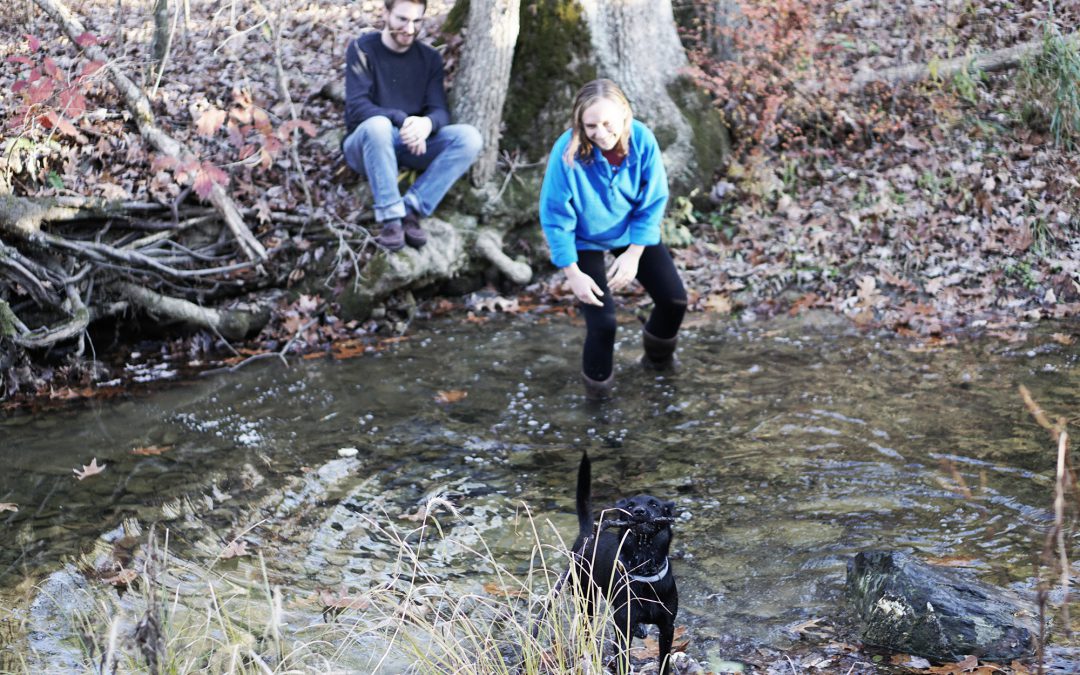
by William | Dec 9, 2020 | Net Zero
Dear Readers,
Thank you so much for sticking with us. I know our blogs have been a lot of research and ideas…although we just purchased a piece of land, we have a lot of design work to do before we start building anything!
As we began with Living Building Challenge: The Petal of Place, we want our lil’ home, The Seed, to meet Living Building Challenge standards (in addition to PHIUS, of course). In order to meet those standards, the home or building must adhere to the seven ‘petals’ and their imperatives. I know the term ‘petals’ sounds cheesy, but they do set a high expectation for how homes are built, lived in, and what they give back to the ecosystems they are located in.
The Water Petal alone is going to be a tough one to meet. However, it is a conundrum that we have already been pondering. Our goal is to rely totally off of our rainwater pillow for all of our potable and non-potable water needs. This, in turn, means that we need to live so water consciously that we are 100% all the time, 7 days a week, 365 days a year, prepared for a drought. It is not going to be easy, but if you have read our composting toilet and recirculating shower blogs, then you know that we have a few ideas bounding about. But are these ideas enough for us to meet the Living Building Challenge’s criteria for the Water Petal?
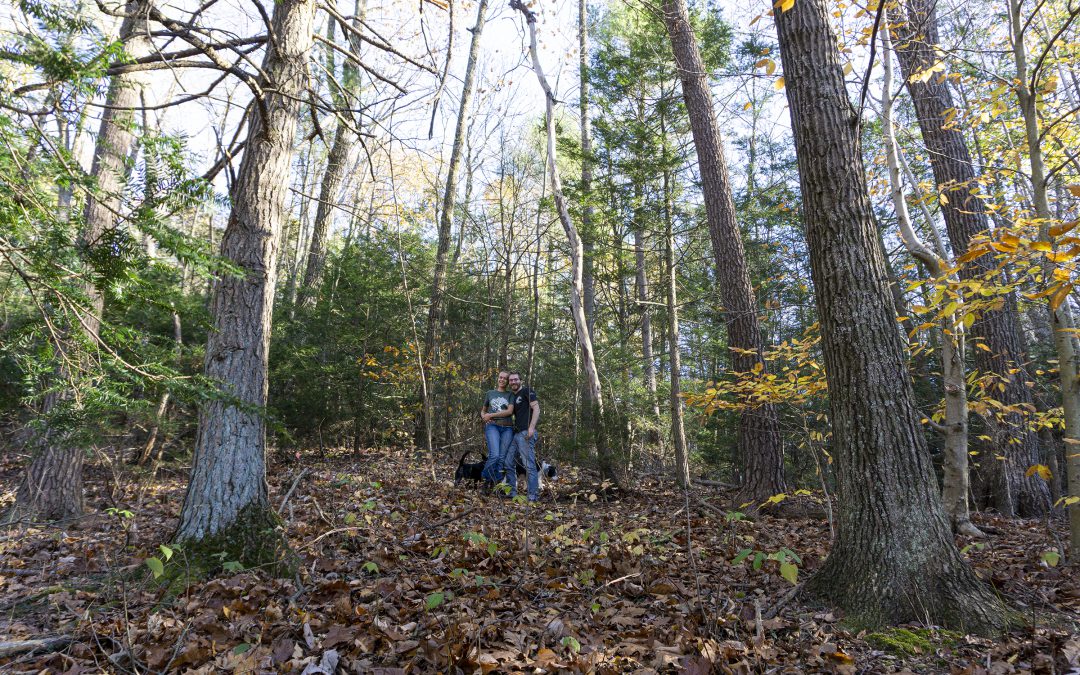
by William | Nov 18, 2020 | Healthy Living, Net Zero, Small Footprint
Dear Readers,
As an architect that desires to design healthy and beautiful spaces for people and their environment, the Living Building Challenge that we have recently come across is truly an exciting idea. As I’m sure you’ve guessed from reading the basics of the challenge, Shelby and I would undoubtedly like to strive for the certification with our own home. To help myself understand the mandatory Imperatives of the 7 Petals, I thought it best to write these blogs as I research.
In order to be Living Building certified, The Seed must meet the seven petals put forth by the International Living Future Institute. The seven petals are: Place, Water, Energy, Health and Happiness, Materials, Equity, and Beauty. Each petal is made up of a number of Imperatives. Because the petals and their imperatives deserve decent explanations, and because we have many thoughts, questions, and challenges that go along with each of them, each petal will be its own blog. So, beginning with the Petal of Place…

